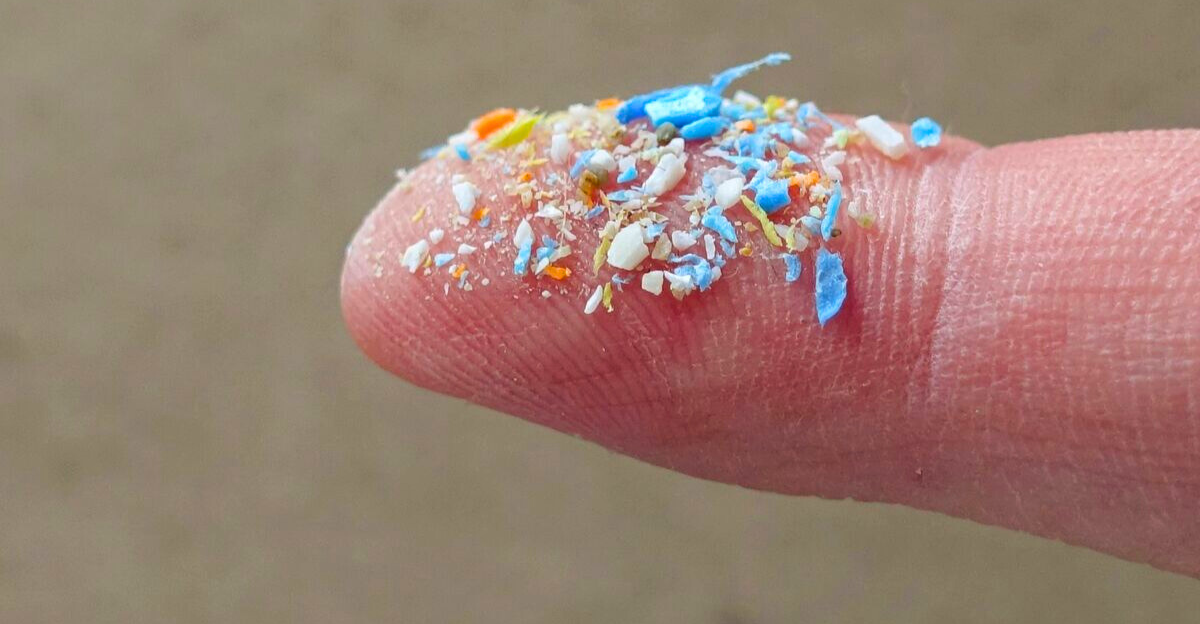
Recent studies have revealed that microplastics, tiny plastic particles less than 5 millimeters in size, can accumulate in the brains of mammals, including mice. This discovery has raised concerns about potential health implications for humans, as microplastics are prevalent in our environment and can enter our bodies through ingestion and inhalation.
Microplastics Defined: Tiny Ubiquitous Pollutants
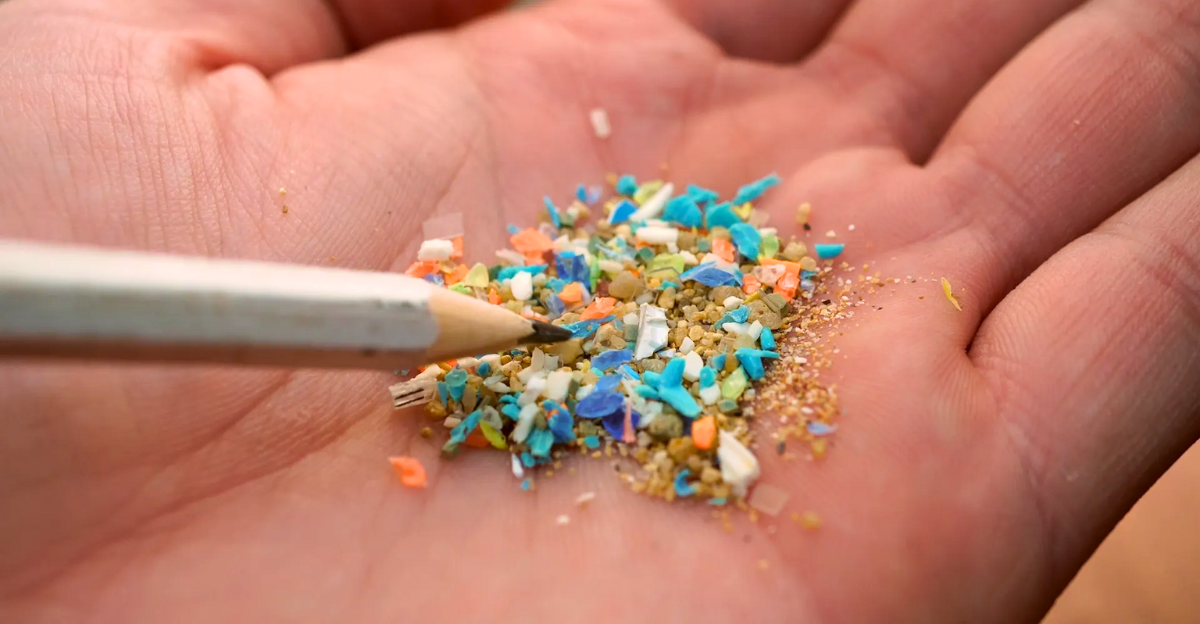
Microplastics originate from the breakdown of larger plastic debris or are manufactured as microbeads in personal care products. Their small size allows them to infiltrate various ecosystems, enter the food chain, and ultimately enter human bodies.
The Mouse Study: Tracking Microplastics in the Brain

In a groundbreaking study, researchers administered microplastics to mice and utilized real-time imaging to observe their journey within the body. The findings revealed that these particles can cross the blood-brain barrier, leading to reduced blood flow in the brain and decreased mobility in the mice.
Blood-Brain Barrier: A Breached Defense
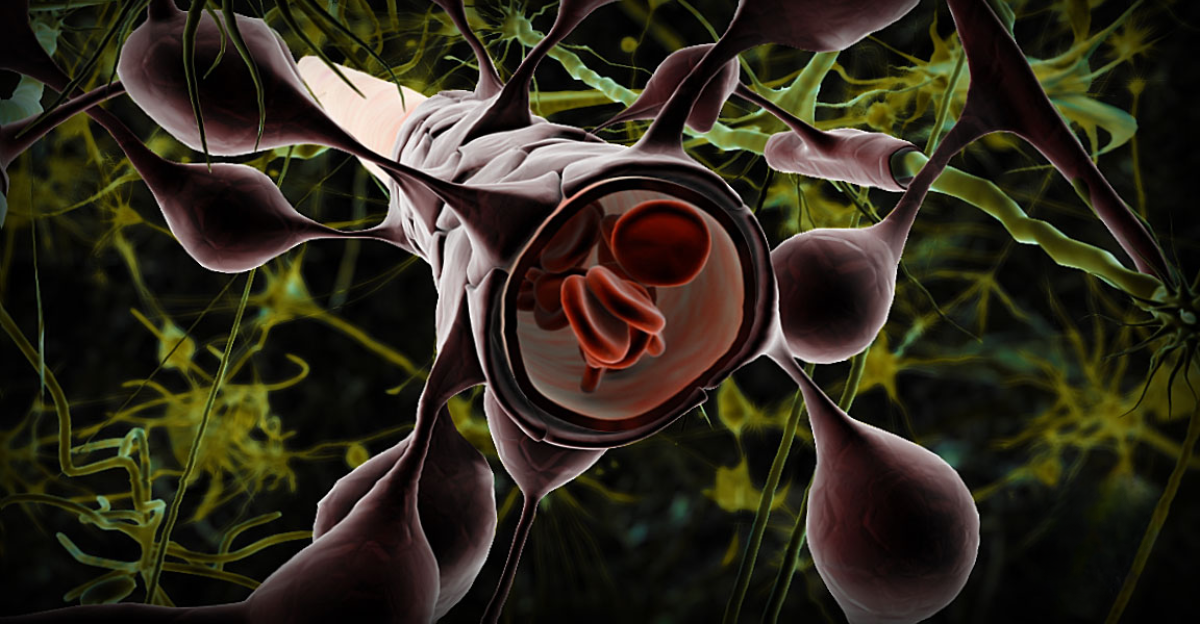
The blood-brain barrier is a protective shield that prevents harmful substances from entering the brain. Microplastics’ ability to penetrate this barrier is alarming, suggesting potential risks to neurological health.
Neurological Effects: Observations in Mice
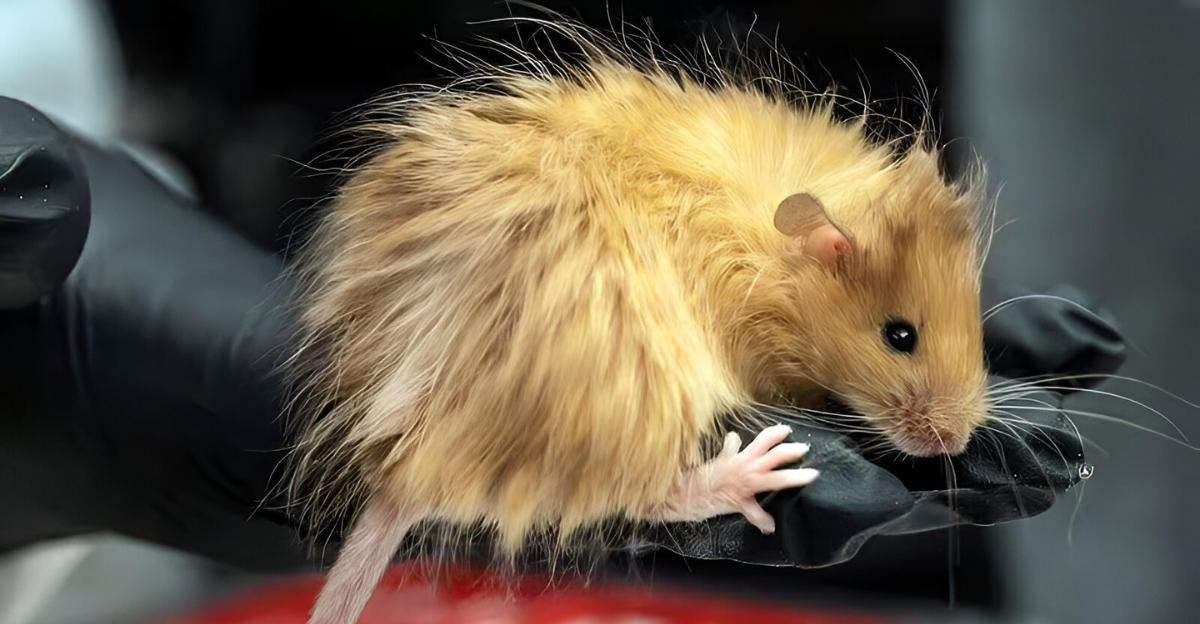
Mice exposed to microplastics exhibited impaired motor functions and memory deficits. These behavioral changes indicate that microplastics may have neurotoxic effects, although further research is needed to understand the mechanisms involved fully.
Human Implications: Microplastics in Our Brains
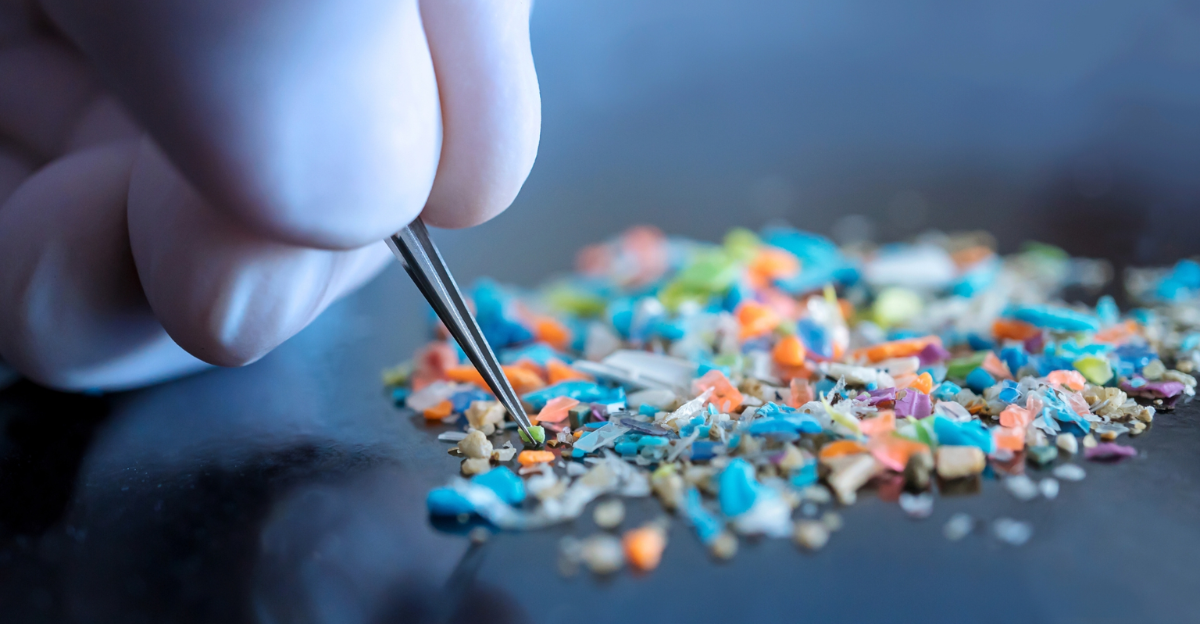
Studies have detected microplastics in human brain tissues, with concentrations increasing over time. While a direct causal link between microplastics and neurological diseases has not been established, the presence of these particles in the brain raises concerns about potential health risks.
Sources of Exposure: How Microplastics Enter Our Bodies
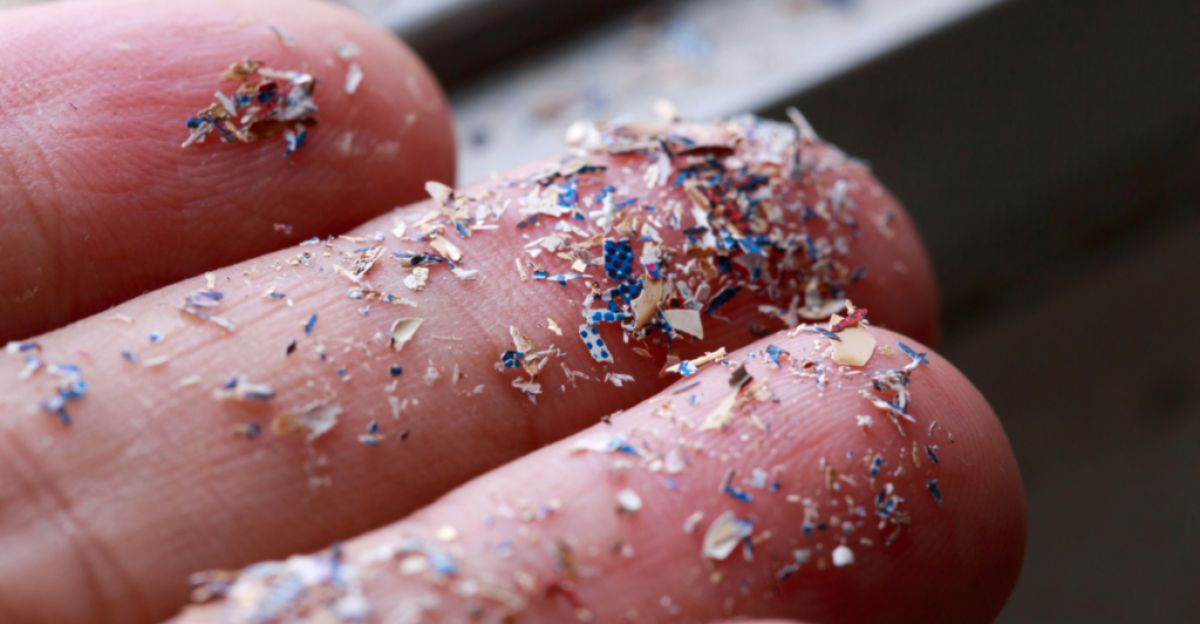
Humans are exposed to microplastics through various sources, including bottled water, plastic-packaged foods, and airborne particles. Reducing the use of plastic products and opting for alternatives can minimize exposure.
Potential Health Risks: Beyond the Brain
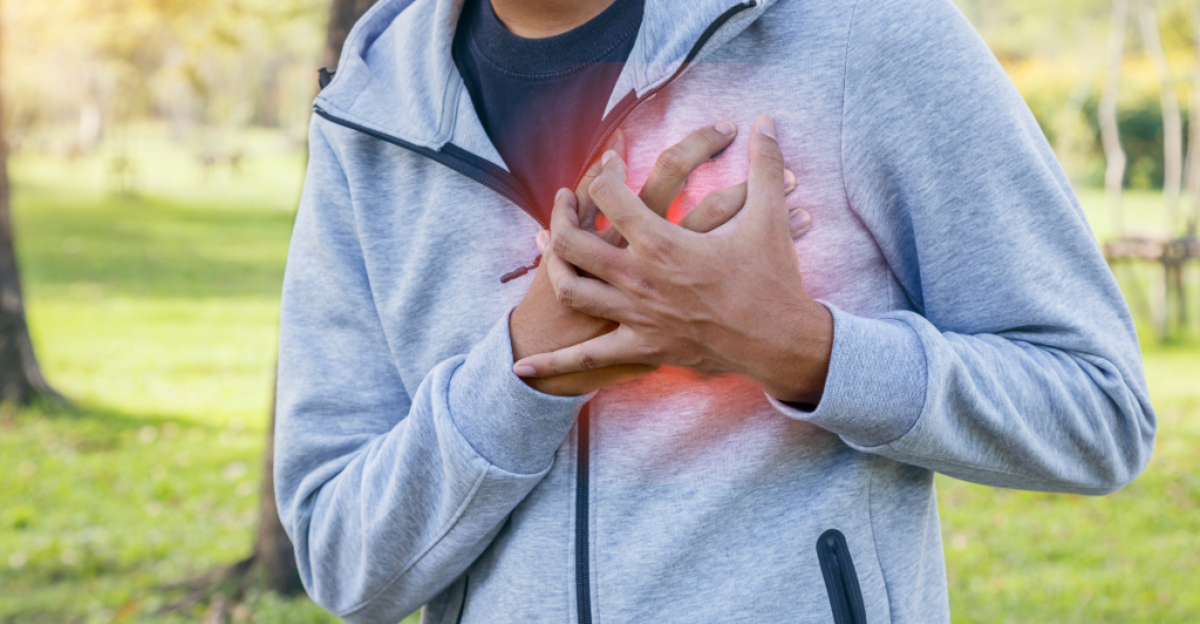
Beyond neurological concerns, microplastics have been linked to other health issues, such as inflammation and cardiovascular problems. The full extent of their impact on human health remains under investigation.
Environmental Persistence: The Challenge of Microplastics
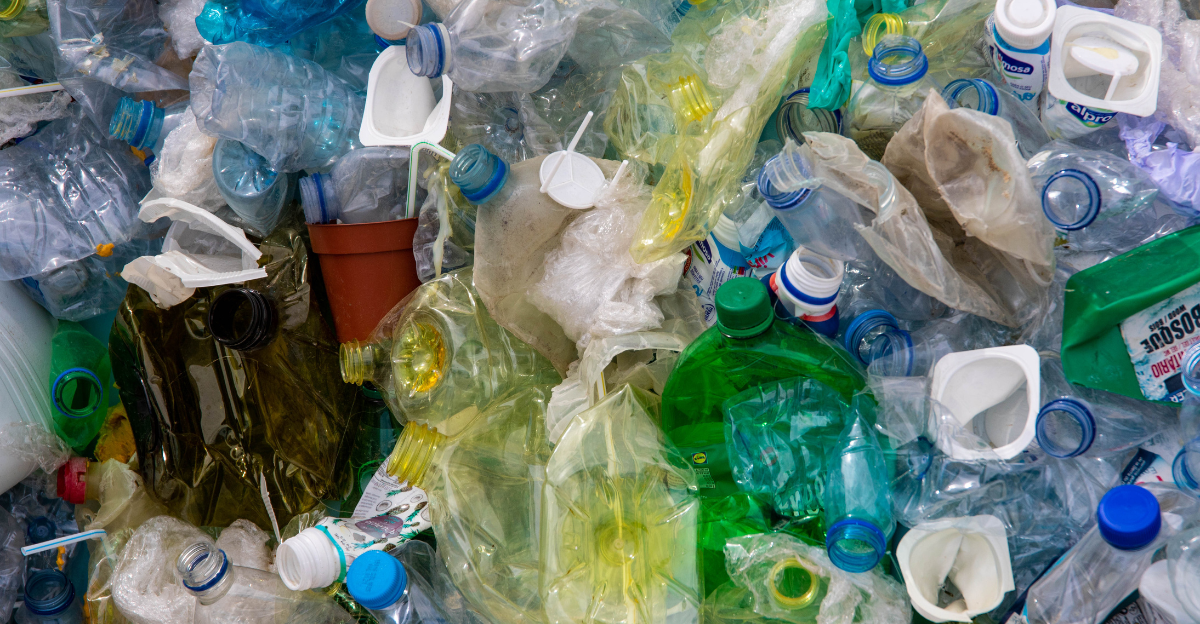
Microplastics are highly persistent in the environment, leading to widespread contamination. Their durability and small size make them difficult to remove, posing long-term challenges for ecosystems and human health.
Mitigation Strategies: Reducing Microplastic Pollution

Addressing microplastic pollution requires a multifaceted approach, including reducing plastic production, improving waste management, and developing biodegradable alternatives. Individual actions, such as using reusable bags and bottles, also contribute to mitigation efforts.
Research Gaps: The Need for Further Studies

While current studies highlight potential risks, more research is needed to fully understand the health implications of microplastics, particularly their long-term effects on the human brain and other organs.
Public Awareness: Educating Communities

Raising public awareness about microplastic pollution and its potential health impacts is crucial. Education can empower individuals to make informed choices and advocate for policies that address plastic pollution.
Navigating a Plastic-Infused World

The discovery of microplastics in mammalian brains underscores the urgency of addressing plastic pollution. By understanding the pathways of exposure and potential health risks, society can take proactive steps to mitigate the impact of microplastics on both environmental and human health.
Explore more of our trending stories and hit Follow to keep them coming to your feed!

Don’t miss out on more stories like this! Hit the Follow button at the top of this article to stay updated with the latest news. Share your thoughts in the comments—we’d love to hear from you!







